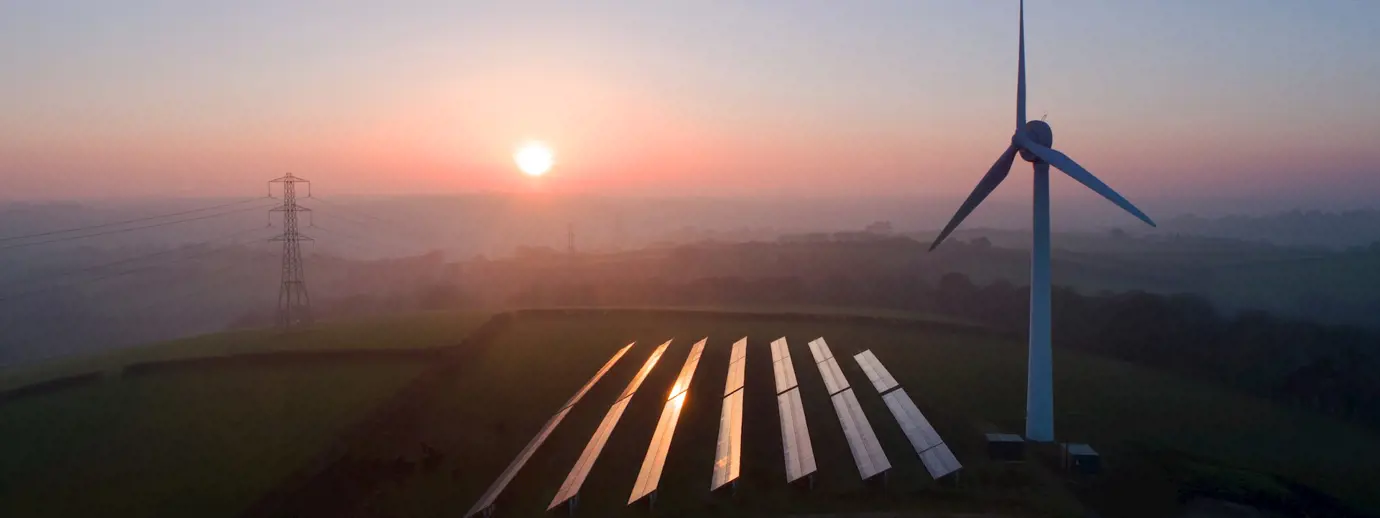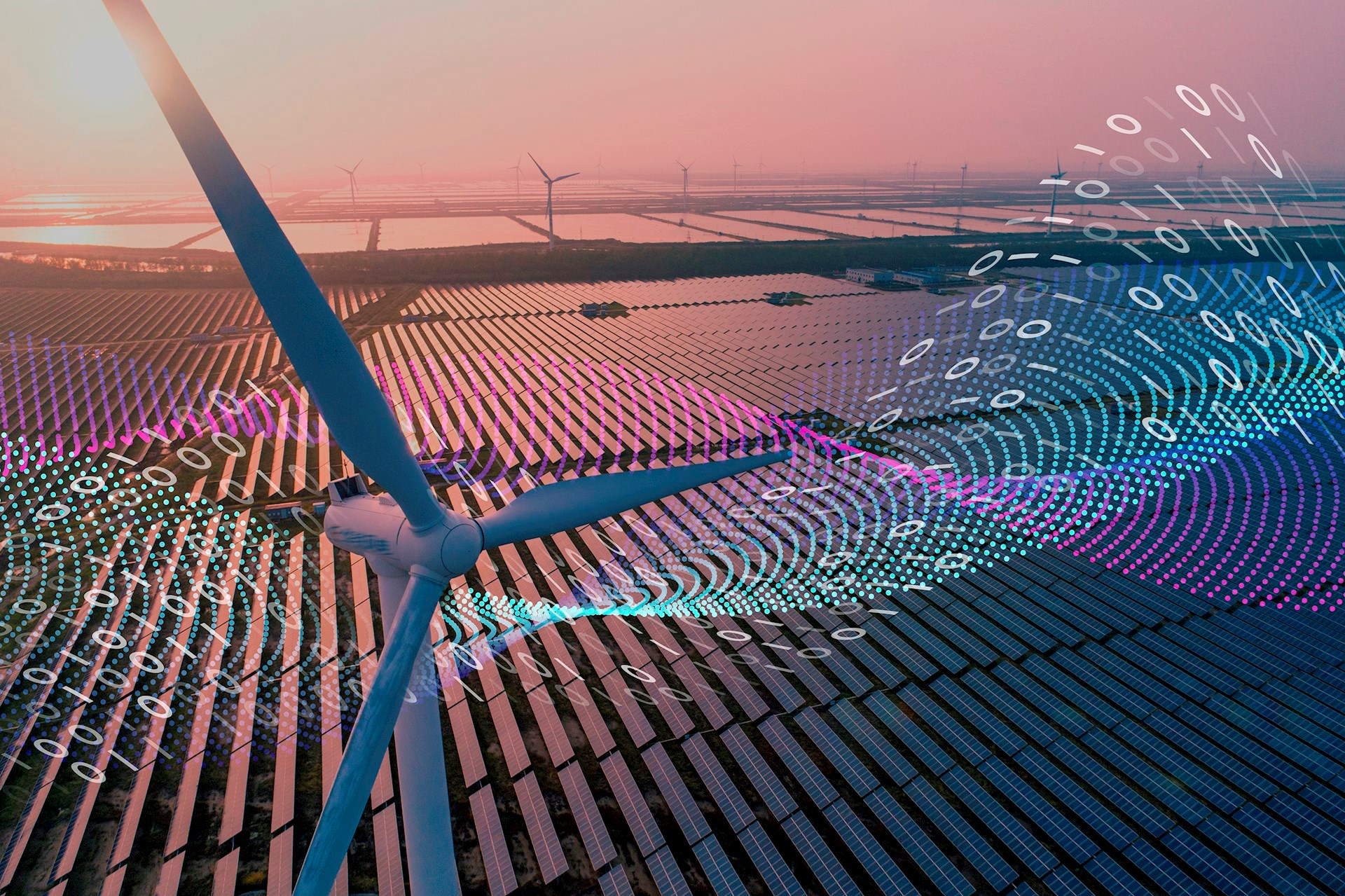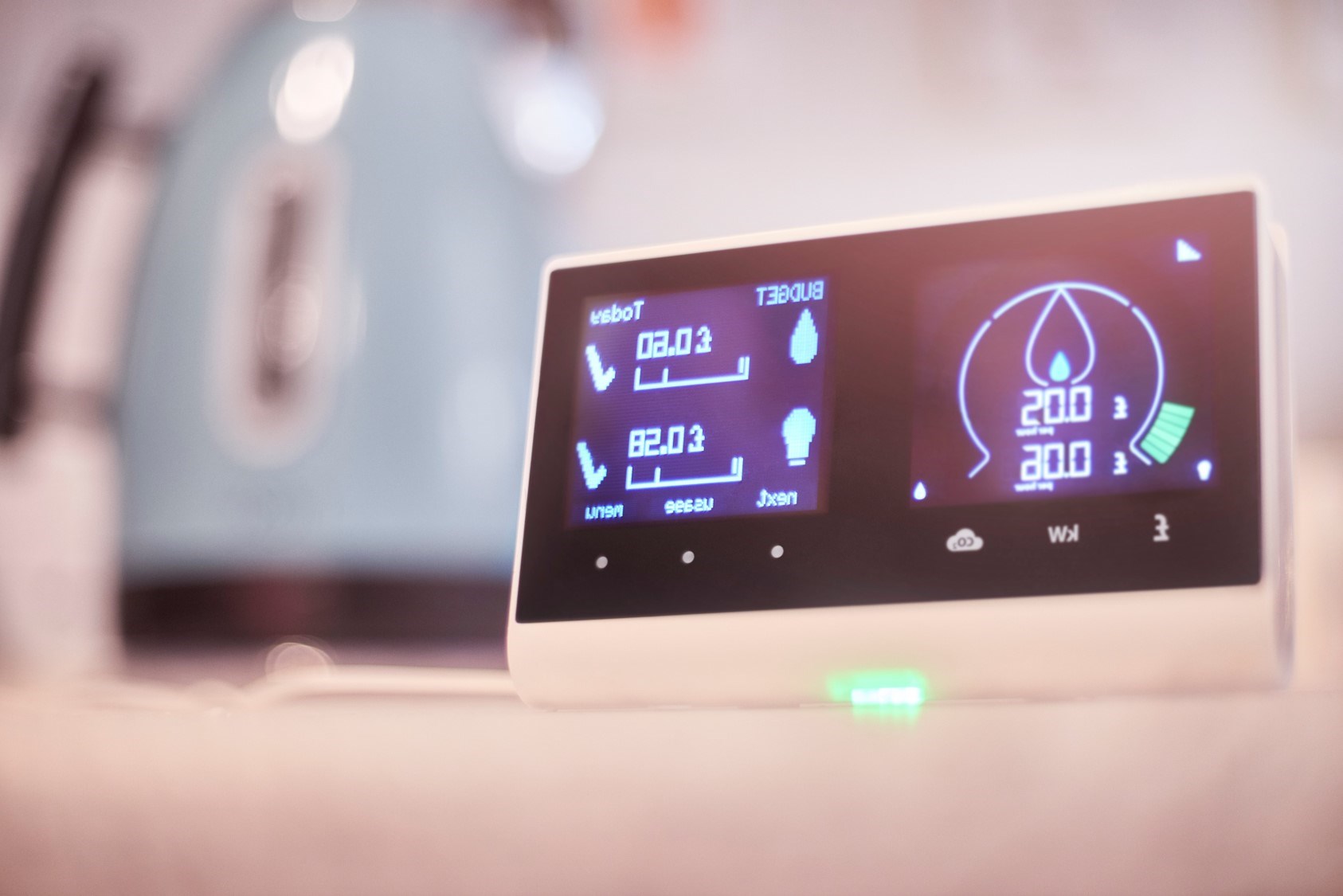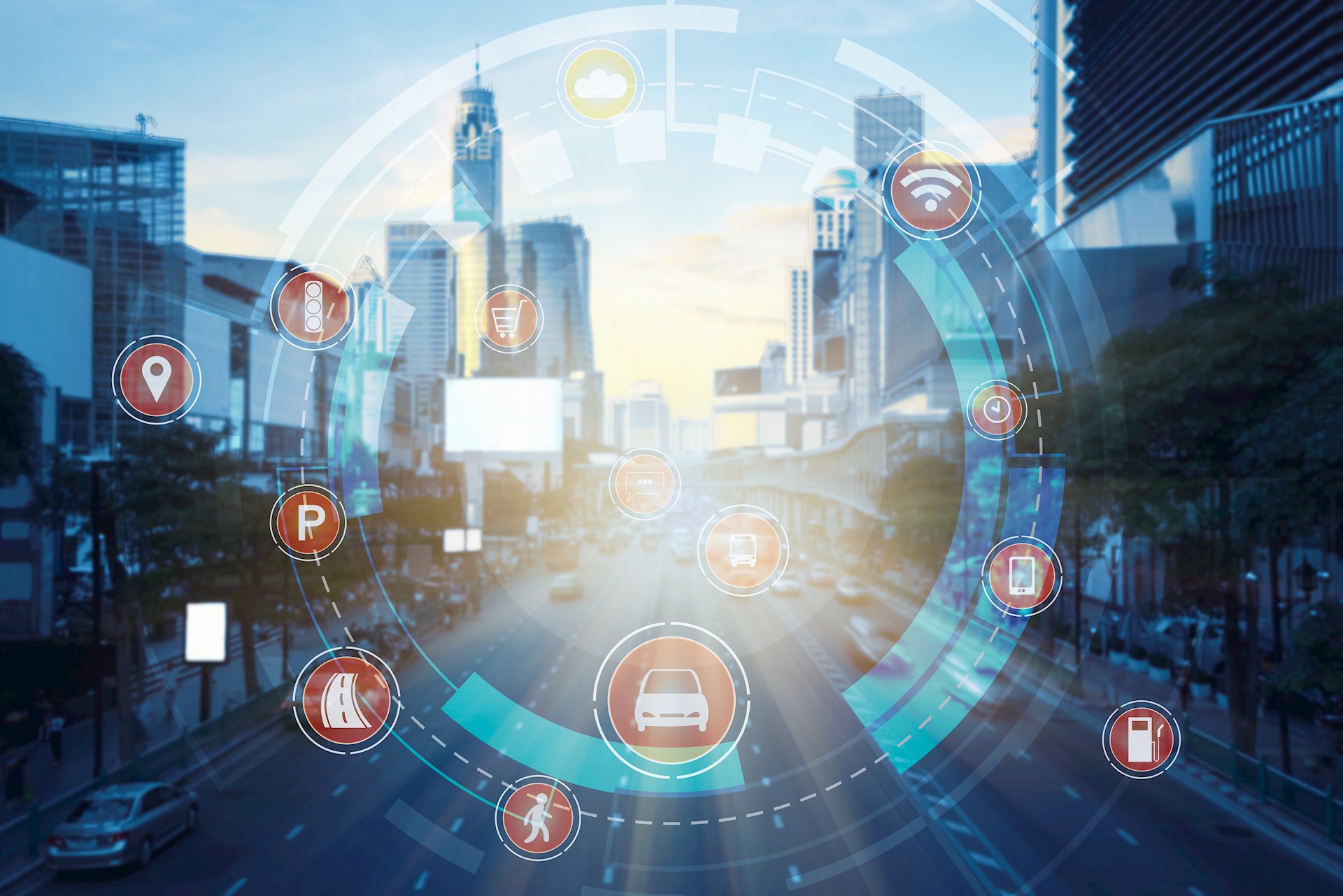In the first of a new blog series, our Chief Technology Officer, Mike Hewitt, shares how the DCC could be pivotal in enabling the secure distribution and digitisation of the energy network. This move, he writes, could ultimately transform our future and support Decarbonisation, Net Carbon Zero and social good.
As we enter 2021, I wanted to share the first of my monthly blogs, exploring the role DCC might play in transforming our future and supporting Decarbonisation, Net Carbon Zero and social good.
2020 has proven that humanity can adapt and respond to our changing environment in the face of adversity. The global pandemic presents many different challenges in how we live, work, learn and play. The power that digital workplace technologies has played in enabling many of us to change the way we work and learn, must be recognised. Digital communication platforms, tools and supporting systems have enabled a significant proportion of the UK’s work force and student population to relocate from centralised office working and learning spaces, to distributed home working and learning. Fixed and wireless infrastructure, secure messaging tools, cloud-based workplace systems and virtual work environments have been critical in delivering continuity for families.
At DCC, we are passionate about the role that a digitised energy system has in enabling an optimised energy system, in the same way digitisation has changed working and learning. As the UK continues its net carbon zero journey, the DCC’s purpose statements remain a focal point; “We believe in making Britain more connected, so we can lead smarter greener lives”. Our role is pivotal in enabling secure digitisation of the energy network. There’s so much potential in what we have built. These are some of the changes and opportunities that can be enabled by our network.
Secure, scalable connectivity and messaging
I compare the DCC to the spine of the UK energy system. Energy suppliers use it to transport messages across the body (the distribution grid) to other parts of the body (the energy users). Early in 2021, we will have connected more than 10 million meters and will continue to scale as thousands of meters are connected every working day.
Supporting the transition from centralised generation to distributed energy resources
The move to distributed home working and learning, using digital systems over secure connections can be compared to the way energy generation has changed over the previous decade. We’ve moved from large centralised coal, gas, and nuclear generation, to a mix of solar, wind and hydro. The optimal use of distributed energy resources will require a secure connectivity solution that provides real time insights to actual and forecast energy demand. This will ensure that supplier requirements can be met at the right place and the right time in real time.
Enabling grid optimised charging
As the number of electric vehicles increases the impact on the physical infrastructure, delivering energy is a key factor for consideration. When several electric cars on the same street are charging at the same time there will be an increased demand on the physical system, which in the worst case could result in brown outs or worse, black outs. Intelligent grid optimised charging solutions are needed to answer this potential problem. Dynamic management of charging can be achieved through secure communication between the vehicle/charging point and the DNO. This can take into account the desired departure time of the vehicle, charging system capability, and available energy so the demands across the system can be effectively balanced and managed.
Micro generation and distributed energy mix
As we shift from large centralised power generation to the mix of renewables, solar and wind will be supplemented with photo voltaic solutions across potentially millions of homes over time. Where there is a surplus of energy, it can be stored in meter batteries and potentially via Vehicle 2 Grid solutions. In the future, if you are generating surplus energy at home, it could be stored in your batteries and sold back to your supplier at a profit to meet demand peaks. In addition, there is an opportunity in the future for social distribution of your surplus energy for community uses. Imagine a future where you can choose to distribute your surplus energy to a family member at zero cost. In addition to this, every home with a generation/storage capability has the option to become part of a national Virtual Power Plant with the ability to generate, store and return energy to the grid at peak times. This sounds like the stuff of dreams but one company in the UK has already launched this service in October 2020.
This is just a glimpse of some of the areas that the DCC is looking at to enable innovation using the infrastructure built to support smart metering. There’s so much we can do to help customers, innovators and academia develop innovative solutions that will improve people’s lives. I look forward to sharing them with you.

Mike Hewitt
Chief Technology Officer
Further reading







